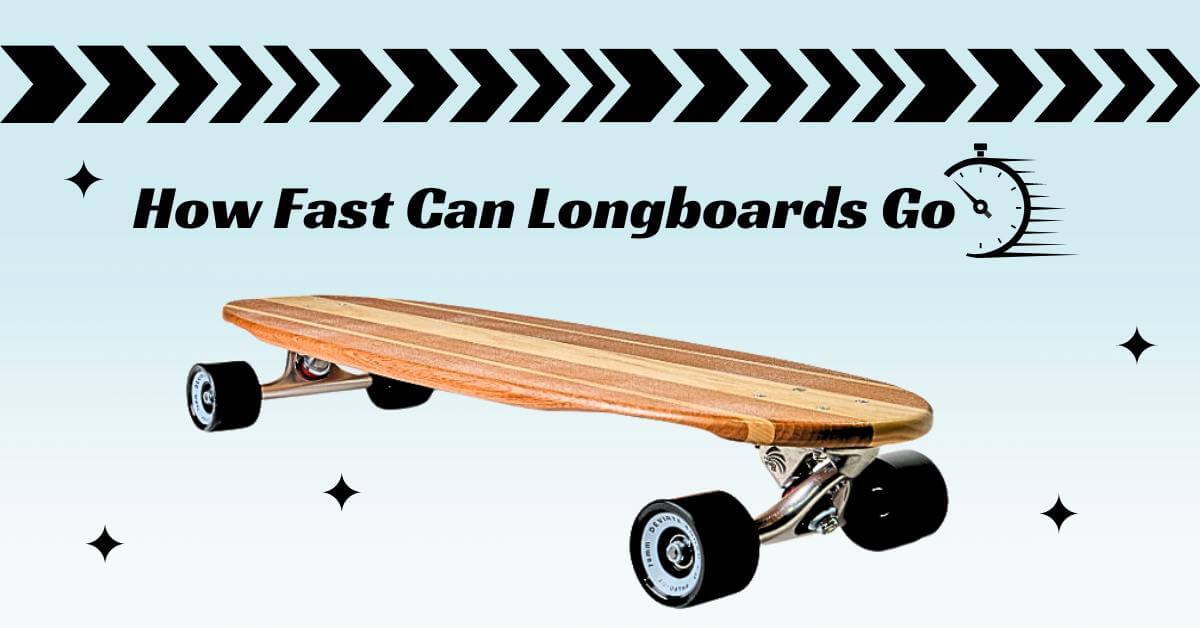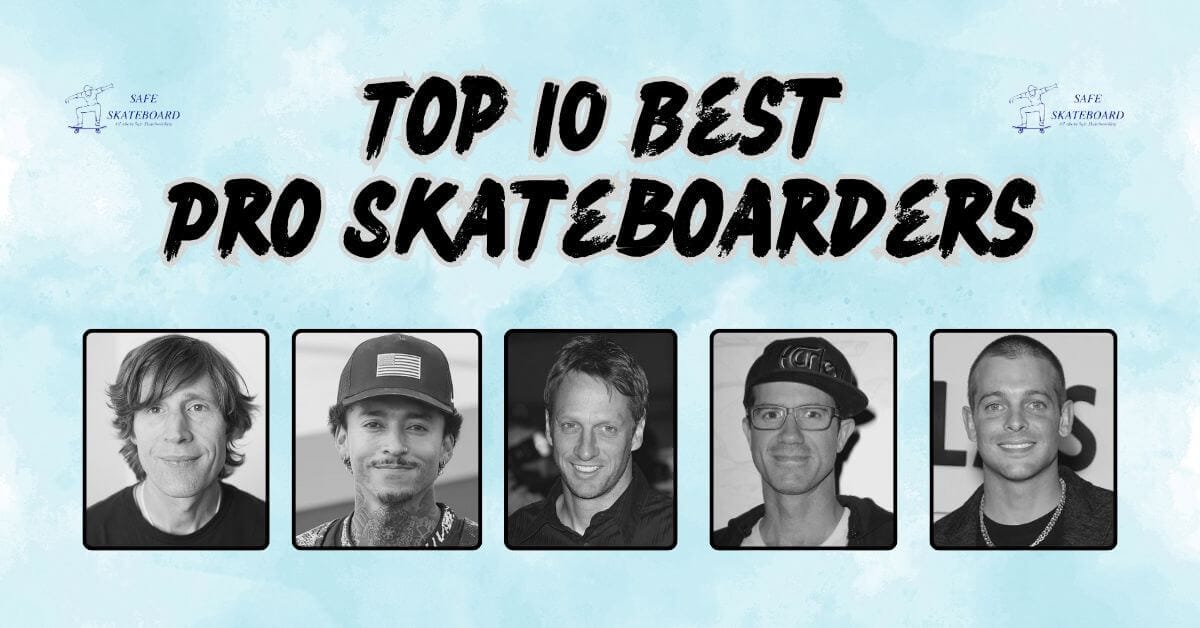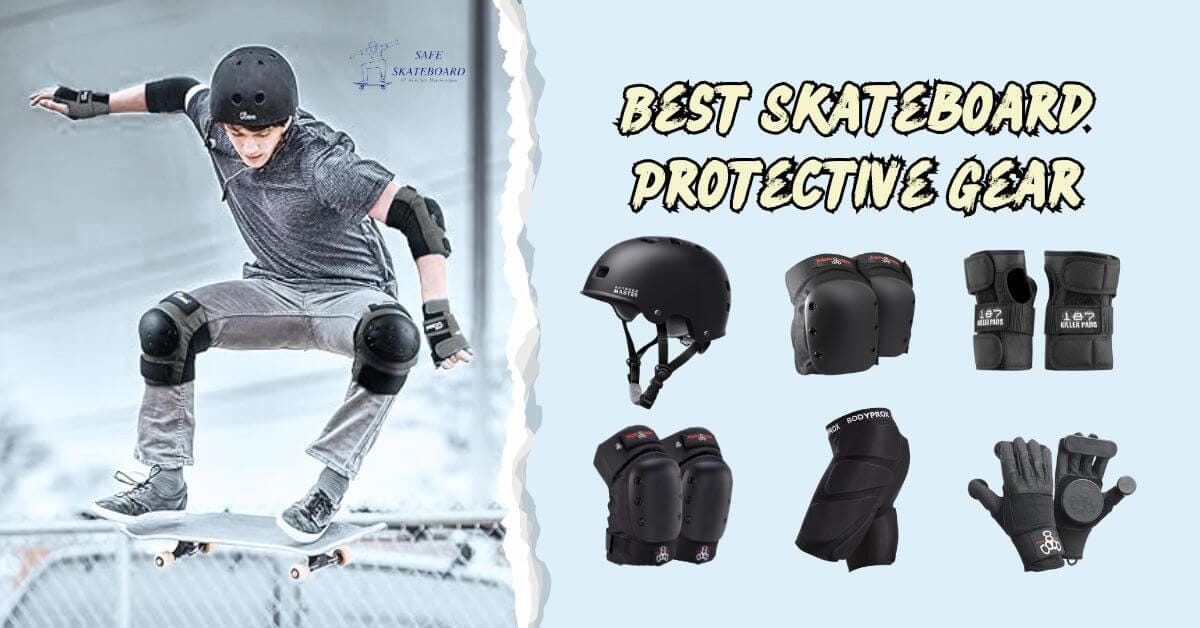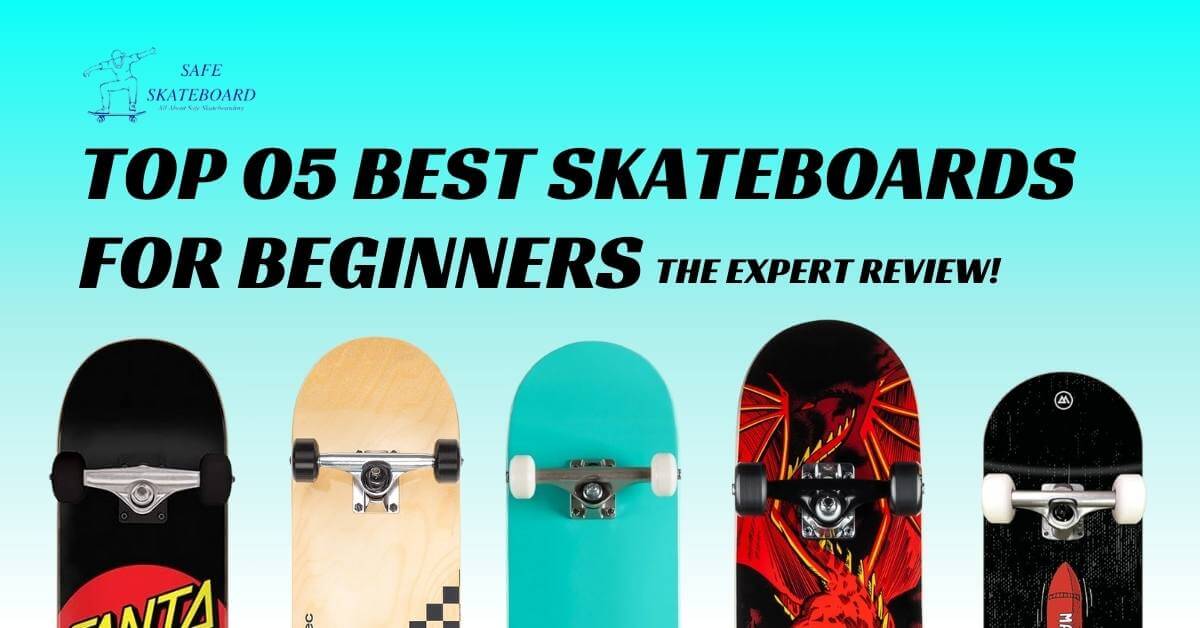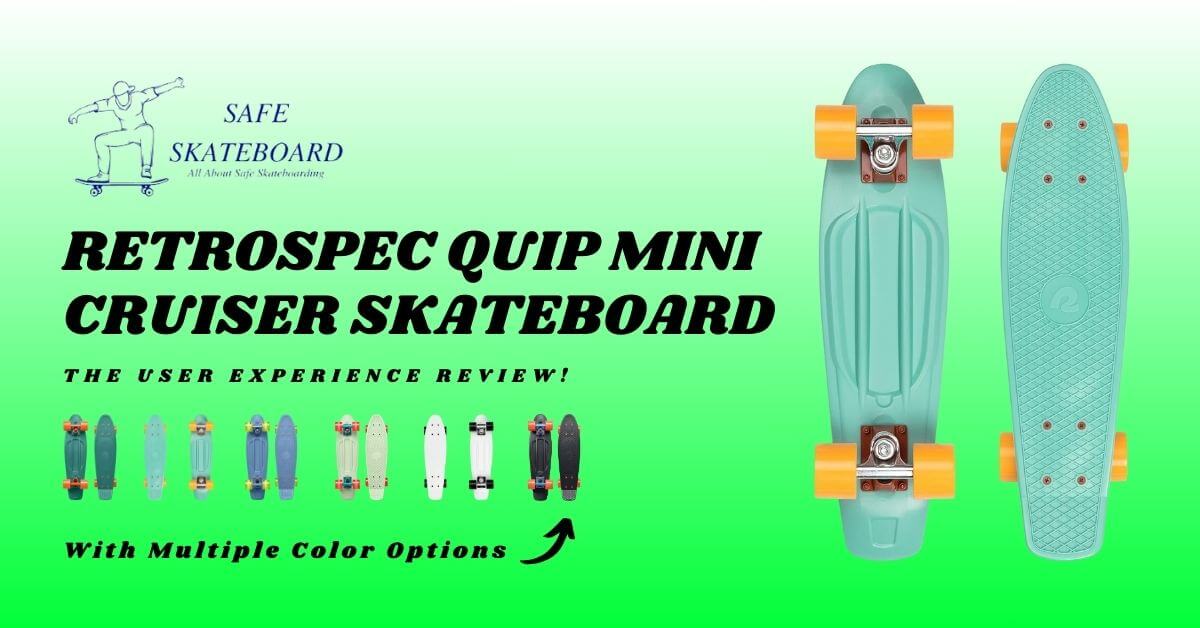Longboarding offers a thrilling way to ride while enjoying the great outdoors, but if you’re wondering just how fast can longboards go, it’s essential to understand the various factors that influence speed.
Optimizing your longboarding experience can make all the difference between a leisurely ride and a heart-pounding experience.
So, grab your longboard, and Let’s explore the key elements of your longboard speed.
What Affects Your Longboarding Speed?
Several critical factors play a role in how fast you can glide down the street. Familiarizing yourself with these elements will help you squeeze every bit of speed out of your longboard.
1. Wind Resistance
The wind is a significant adversary regarding how fast can longboards go. As you ride, air resistance can slow you down considerably.
- Lower your upper body
- Tuck your arms in
- Wear tight-fitting clothing
Implementing these tactics will reduce your wind profile, allowing you to cut through the breeze more smoothly.
2. Longboard Bearings
The quality of your bearings directly impacts the efficiency of your longboard.

- High ABEC ratings typically indicate better performance.
- Lubrication and maintenance are crucial for longevity.
Investing in high-quality bearings can transform your ride, making it faster and smoother.
3. Longboard Wheels
Wheels are the contact point between you and the road, making their size and material vital for speed.
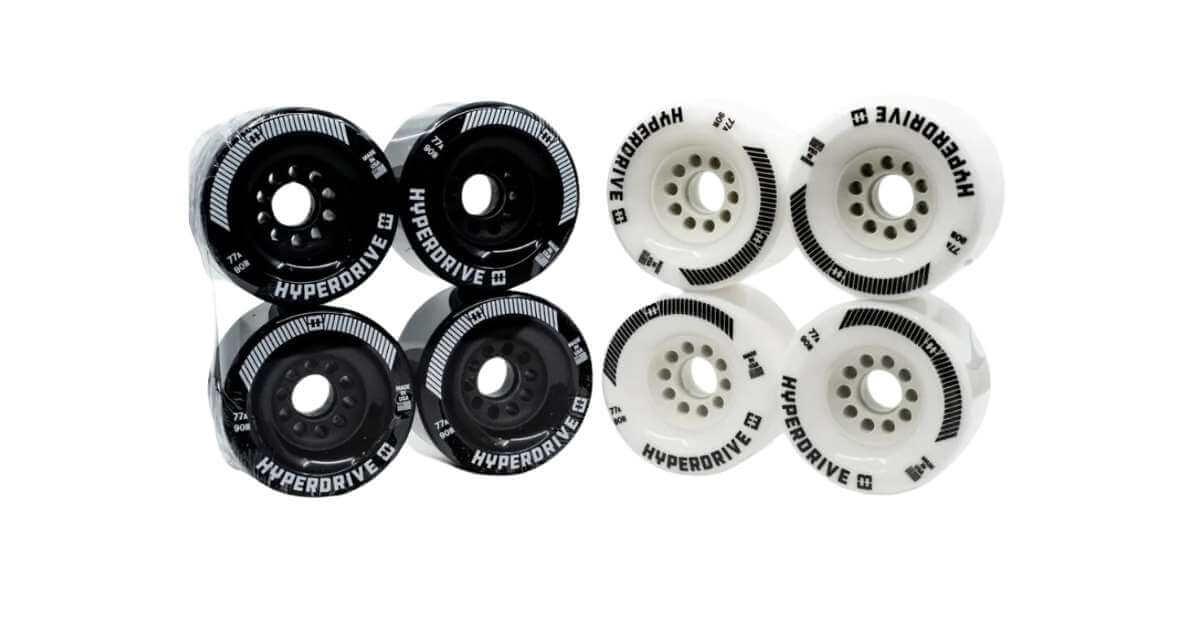
- Durometer: Harder wheels (above 80A) roll faster on smooth surfaces, while softer wheels provide better grip but may slow you down.
- Diameter: Larger wheels can gain speed more quickly and ensure better roll efficiency on the longboard.
Choosing the right wheels tailored to your ride style will enhance your longboarding experience and help you go faster. With these factors in mind, you’re better prepared to optimize your longboarding adventures!
Always remember, When it comes to fast or speed you should know how to stop a longboard.
Techniques to Reach Top Speed on a Longboard
Now that you have an understanding of the factors that influence your longboard speed, it’s time to delve into the techniques that will empower you to maximize your velocity on the board. Mastering specific skills can help you reach those exhilarating top speeds.
Proper Body Positioning
Your body posture significantly affects your speed and stability while riding.
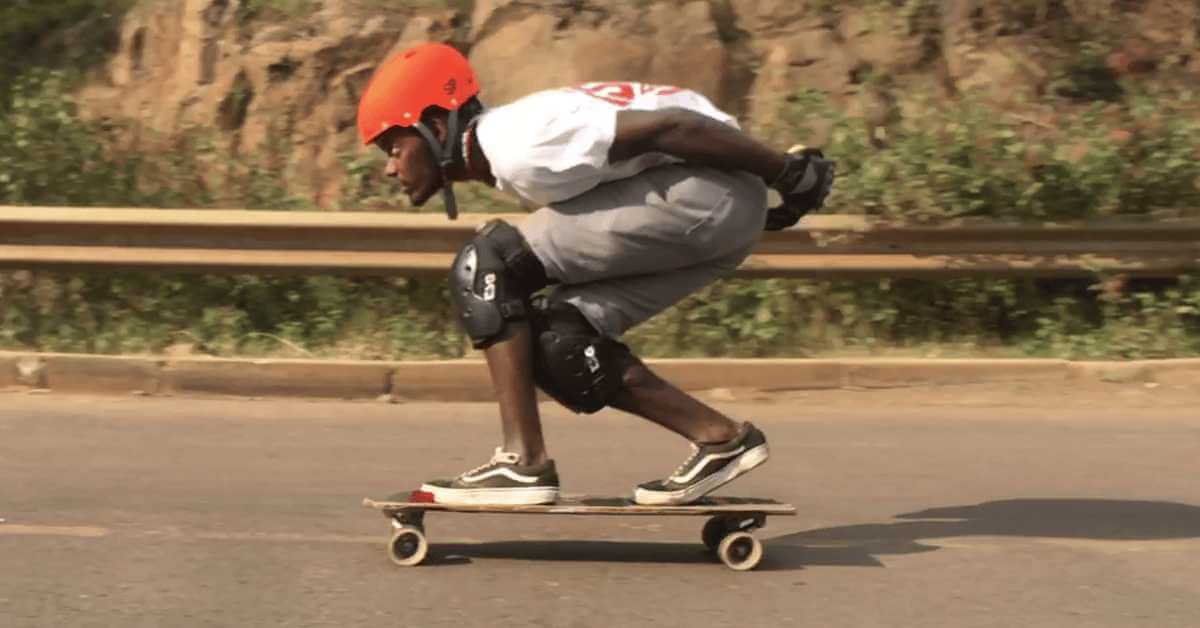
- Lower Your Center of Gravity: Bend your knees and lower your torso towards the board. This stance enhances balance and reduces wind resistance.
- Keep Arms Tucked In: Avoid waving your arms around; instead, keep them close to your body. This streamlined position minimizes drag and allows you to cut through the air more efficiently.
- Look Ahead: Always focus on the path ahead. This helps you anticipate obstacles, maintain stability, and ride confidently.
By perfecting your body positioning, you’ll not only gain speed but also ensure a safer ride. However, I recommend you should watch, how to ride longboard like a pro!
Mastering Carving and Pumping Techniques
When it comes to how fast can longboards go? Carving and pumping are essential techniques for maintaining and increasing your speed.
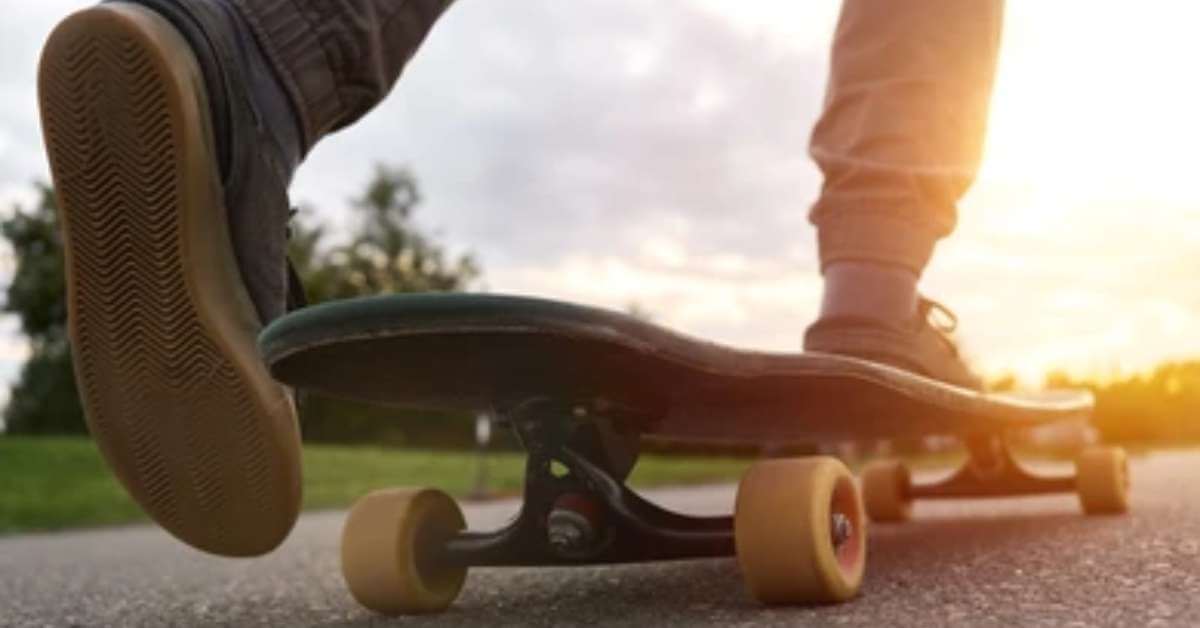
- Carving: This involves making wide turns, using your body weight to shift side-to-side. It helps you control speed while navigating curves, keeping your momentum intact.
- Pumping: This technique involves generating speed without pushing. By bending your knees and shifting your weight back and forth, you can gain velocity by harnessing the board’s energy.
Both carving and pumping enhance your riding experience, allowing you to reach and sustain higher speeds with confidence.
By incorporating these techniques into your longboarding routine, you’ll be well on your way to experiencing the thrills of high-speed riding.
Safety Precautions When Going Fast on a Longboard
When it comes to how fast can longboards go? safety should always be your top priority. Let’s explore how to ensure your safety while enjoying the thrill of speed.
Wear Appropriate Safety Gear
Equipping yourself with the right safety gear is essential for safeguarding against accidents.
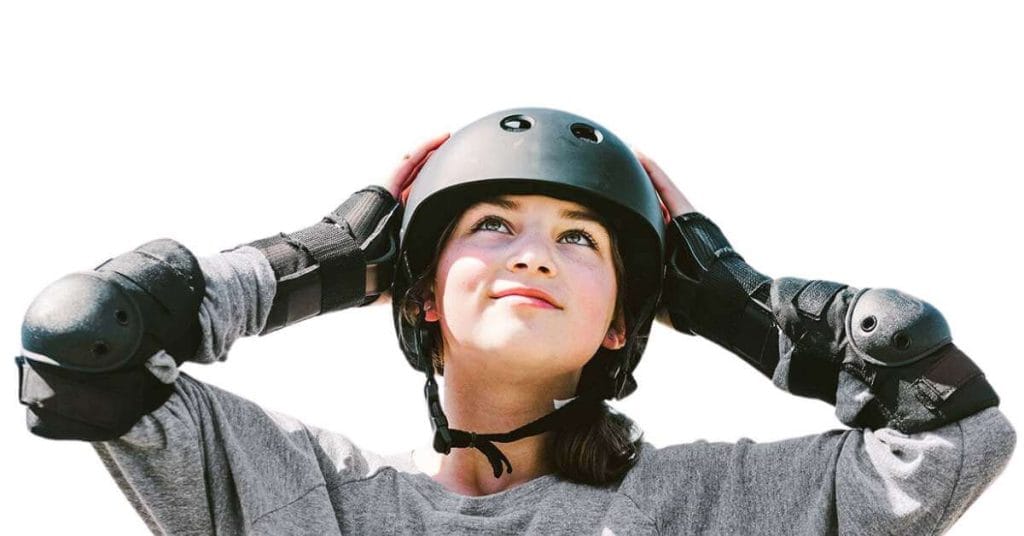
- Helmet: A certified helmet is your first line of defense. Look for a snug fit that meets safety standards.
- Wrist Guards: These help protect your wrists in case of falls, a common accident when riding fast.
- Knee and Elbow Pads: Padded protection for these joints minimizes injury during spills.
- Closed-Toe Shoes: Sturdy shoes with grip can prevent foot injuries and provide better control over your board.
Wearing the correct gear can significantly reduce injury severity and enhance your confidence while riding at speed.
Choose Smooth and Clear Riding Surfaces
The terrain you ride on plays a significant role in your safety. Selecting the right surface can prevent potential hazards and contribute to a smoother ride.
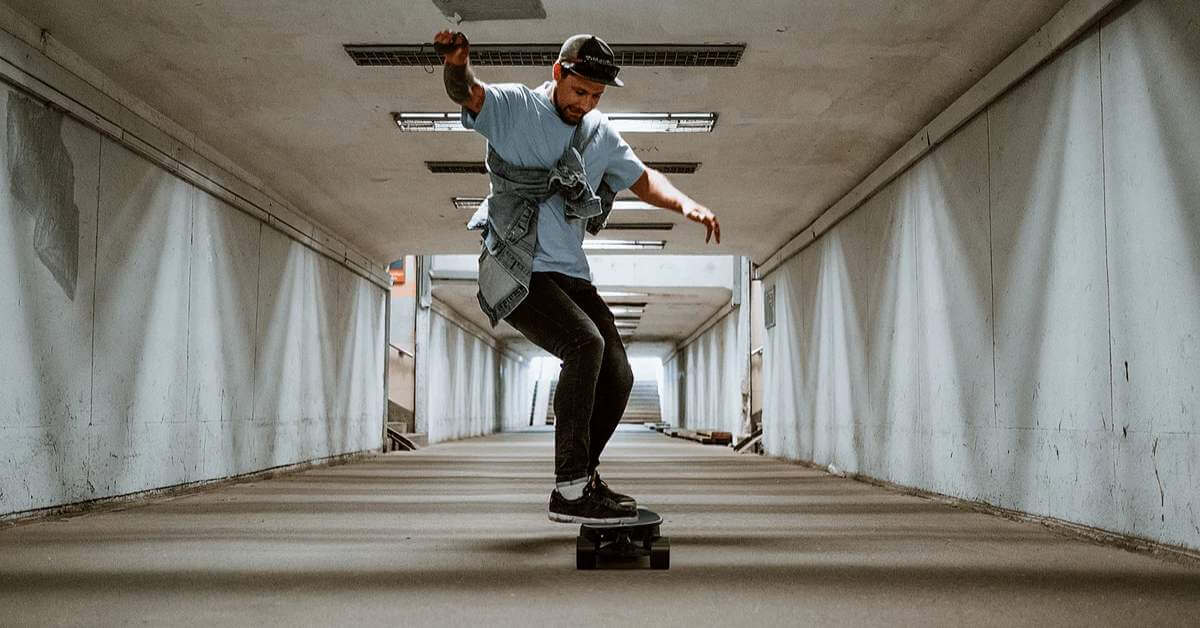
- Opt for Smooth Pavement: Avoid rough or uneven surfaces where bumps and cracks can destabilize your ride.
- Clear Paths: Always ride in areas free of debris, potholes, and obstacles. Not only does this minimize the risk of accidents, but it also allows for a better flow.
- Proper Environment: If possible, choose routes that have low traffic and are well-lit, especially if you plan to ride at dusk or dawn.
By prioritizing safety gear and selecting optimal riding surfaces, you can enjoy your longboarding experience while minimizing risks. Happy riding!
How Fast Can a Longboard Go on Flat Ground?
When it comes to how fast can longboards go on flat ground, the speed you can achieve largely depends on several factors, including your skill level, the board type, and the surface condition.
Generally, a longboard can cruise comfortably between 10 to 20 miles per hour. For experienced riders, it’s not uncommon to reach speeds of up to 25 mph or more.
Just remember, while it’s thrilling to go fast, staying safe is the top priority. Always wear protective gear and be aware of your surroundings!
How Fast Can a Longboard Go Downhill?
When it comes to how fast can longboards go downhill, speed is the name of the game! Riders can often reach impressive velocities, typically ranging from 20 to 40 miles per hour (32 to 64 km/h).
However, some experienced longboarders have been known to hit speeds over 50 miles per hour (80 km/h) in ideal conditions.
Factors like the rider’s weight, board design, and terrain play a significant role in achieving these thrilling speeds.
Just remember, while the rush is exhilarating, safety gear is a must to keep you protected on those fast descents!
Is it Dangerous to Go Fast on a Longboard?
Going fast on a longboard can be exhilarating, but it comes with its share of risks.
When you pick up speed, small bumps, debris, or unexpected obstacles can turn a fun ride into a dangerous situation. What’s more, a loss of control at high speeds can lead to serious injuries.
It’s essential to wear protective gear and be aware of your surroundings. So, while the thrill of zooming down a hill is hard to resist, always weigh the fun against your safety!
Frequently Asked Questions (FAQs) About How Fast Can Longboards Go
- What is the average speed of a longboard?
The average speed of a longboard typically ranges between 10 to 20 mph (16 to 32 km/h).
- Can longboards go faster than that?
Yes! Some experienced riders can reach speeds of 25 to 30 mph (40 to 48 km/h) or even more, especially on downhill slopes.
- What’s the fastest longboard recorded?
The fastest longboard speed recorded is around 80 mph (128 km/h), achieved by professional downhill racers.
- How should I practice to go faster?
Start on flat terrain or gentle slopes, gradually increasing your speed as you become more comfortable. Practice foot braking for speed control. Learn to carve properly; it can help with stability.
- What are the best conditions for high-speed riding?
Look for smooth, dry surfaces without any obstacles. Early morning or late evening when roads are less crowded can also be ideal.
Final Throttle
As we wrap up our exploration of longboarding speed, it’s clear that understanding the various factors and techniques can significantly enhance your riding experience.
From optimizing your equipment to mastering riding techniques, you’re now better equipped to hit those exhilarating top speeds while maintaining safety.
Feel free to reach out if you have more questions or need further clarification! Enjoy your longboarding journey!
